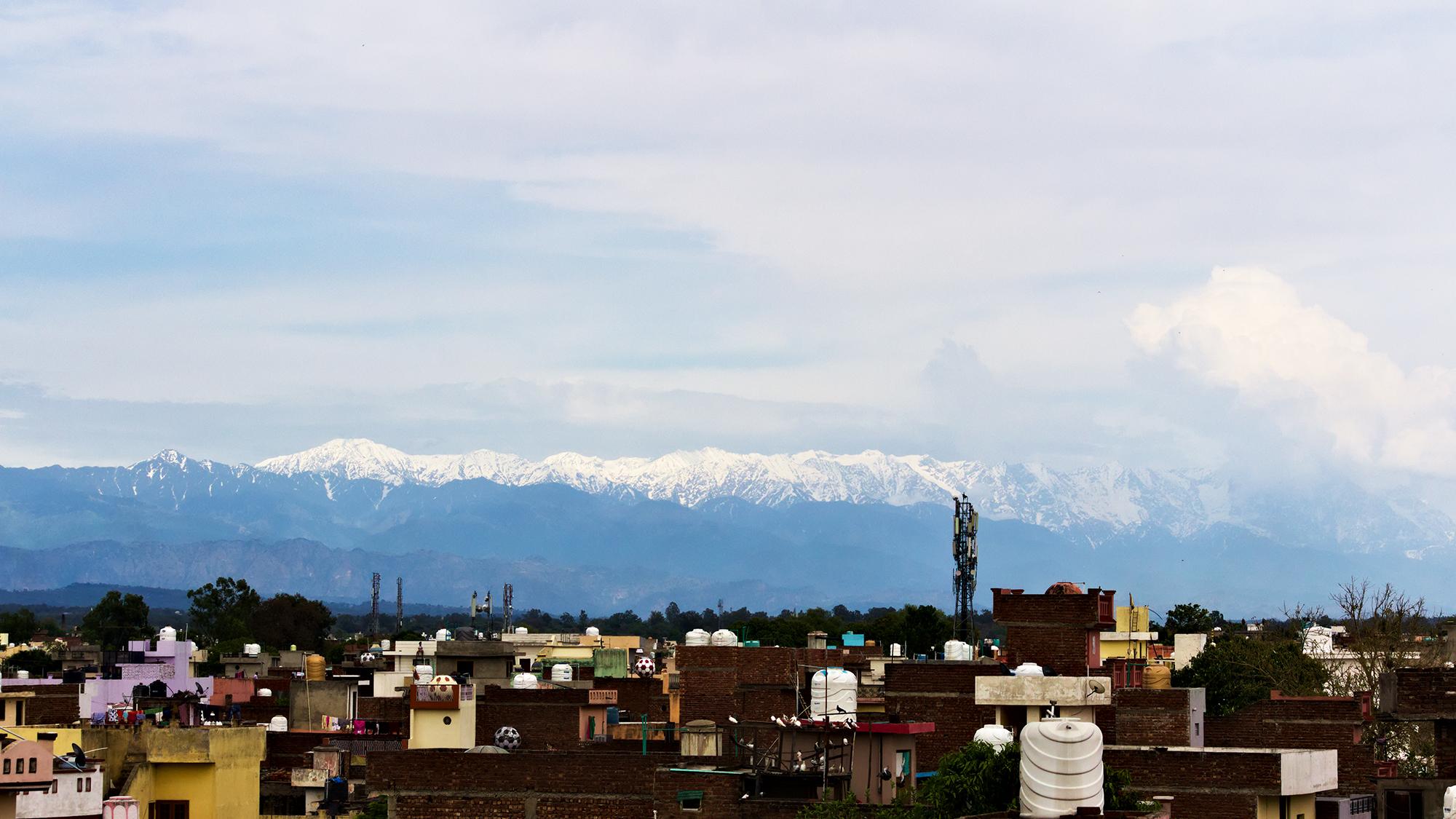Air pollution is the world’s leading environmental health risk affecting 90% of the global population. This World Environment Day, we talked to Daniel Kass, Senior Vice President of Environmental Health at Vital Strategies, on the links between COVID-19 and air pollution, and the pathway to a healthy and sustainable recovery.
Q. COVID-19 has taken over the health spotlight since the beginning of the year. Of great concern is how the virus interacts with other health issues. What are the links between air pollution and COVID-19?
A few recent studies have claimed a direct link between air pollution and COVID-19. While more research needs to be done, what we can say with certainty is this: Air pollution causes more than 5 million deaths each year—ranging from heart and lung diseases to diabetes. These are the same underlying conditions that make people much more likely to become severely ill or die from COVID-19. Because of this shared pathway, improving air quality would likewise improve lung and heart health, and reduce susceptibility to the severe impacts of COVID-19 and potentially other infectious diseases.
In some cities, the air quality has improved because of lower traffic, shuttered factories and other measures in place to slow the spread of COVID-19. Can this be sustained?
It is encouraging to see people experiencing skies free from severe air pollution—some of them for the first time in years. However, we must remember that these improvements in air quality came at a huge economic and social cost. The loss of lives continues to rise, and hundreds of millions have lost their jobs. As these places restart their economies, we expect air pollution to return to unacceptably high levels. I do expect that there will be stronger demand for clean air policies now that people have seen clear skies. Traffic may return, but cleaner vehicles would reduce pollution. Factories may restart, but with cleaner sources of electricity they would not result in choking emissions. Now is the time for countries and cities to invest in a greener economy.
Is there anything we’ve learned about air pollution from the COVID-19 crisis?
Definitely. COVID-19 has exposed the dire costs of underinvesting in public health preparedness and the inequity of vulnerable communities. Air pollution—and more broadly climate change—disproportionately affects poorer communities, women and children without access to clean household energy, and the populations of low- and middle-income countries. It is critical to put in place strong public health data systems for tracking chronic diseases and their risk factors, including from air pollution and other environmental risks, which can be the backbone for epidemic surveillance. COVID-19 has showed that we cannot afford to disregard investment in such systems. Another more tangible example is that despite dramatic declines in vehicle use and shuttering of local industries, we have not seen large improvements in air quality in many urban areas. This phenomenon illustrates that not all air pollution is locally produced, and that not all locally produced air pollution is from the most visible sources like traffic. COVID-19 has revealed an opportunity to point to other, more high-impact sources of air pollution that must be addressed.
We can point to the global economy as one of the principal victims of the pandemic. Are you worried that as economic activity restarts, it will be even harder to regulate air pollution?
Unfortunately, leaders worldwide are already exploiting this crisis to call for deregulation of environmental protections. In my own country, the United States, executive leadership is trying to suspend environmental review laws so that infrastructure development can proceed no matter the impact on air, water and habitat. Leaders beholden to industry lobbyists around the world may be tempted to see emissions standards as an impediment to economic recovery. We disagree. When health, environment and other societal costs of air, water and climate pollutants are taken into account, regulation is shown to be overwhelmingly cost-effective. We must continue to push forward and not use the COVID-19 crisis as an excuse to roll back environmental regulations.
How will countries balance the need for cleaner air and economic recovery?
This is a false dichotomy; governments don’t have to choose between improving air quality and economic growth. Throughout the COVID-19 pandemic, we’ve seen how decades of under-investment in public health systems have led to a tragic loss of life and astronomical economic costs. Under-investment in greening the economy will have similarly tragic consequences. As countries begin to “reopen” their economies, they will lean on new investments and new sources of funding. These programs should explicitly support efforts that result in improved health and environmental outcomes. My advice? Spend on safer mass transit. Support efforts that result in lower carbon emissions. Target spending on efforts that have rapid benefits for air quality. Liberate financial resources by phasing out fossil fuel subsidies.
What advice would you give to a government that wants to plan for cleaner air during recovery?
The recovery to a cleaner, more resilient future is not one-size-fits-all. Governments have to identify the leading sources of air pollution in their jurisdictions and introduce policies to control these emissions. Vital Strategies’ Accelerating Clean Air Progress: Innovation and Action Guide can help governments rapidly improve air quality in the near term while planning for a comprehensive air quality management plan.
For more information on Vital Strategies’ Air Pollution and Health program, visit:
https://vitalstrategies.org/programs/air-pollution-and-health/

